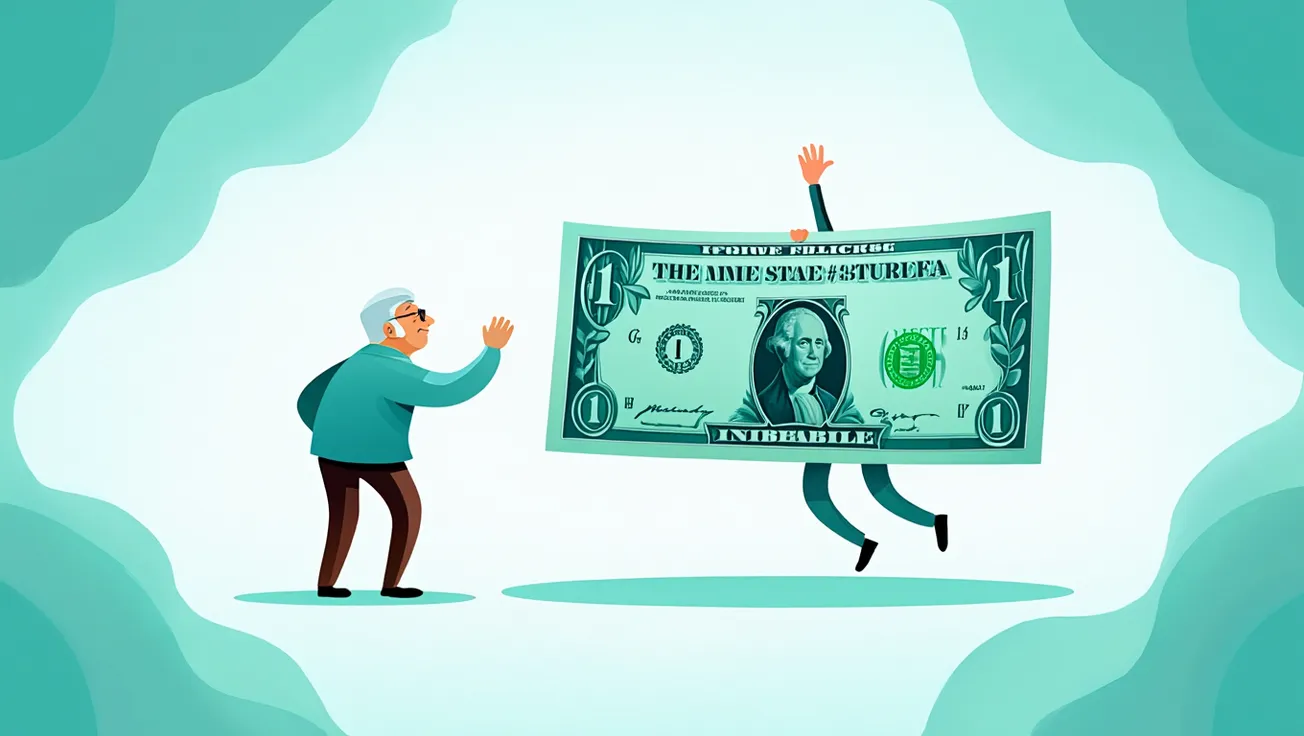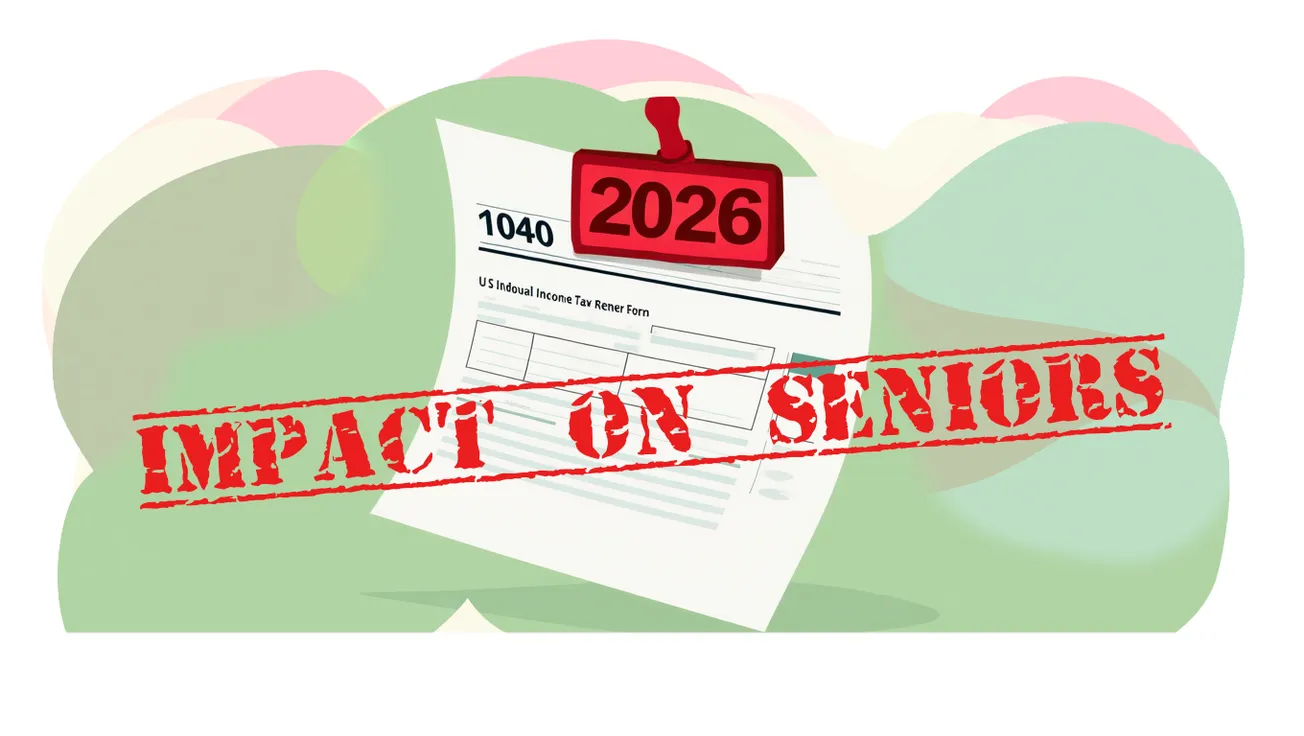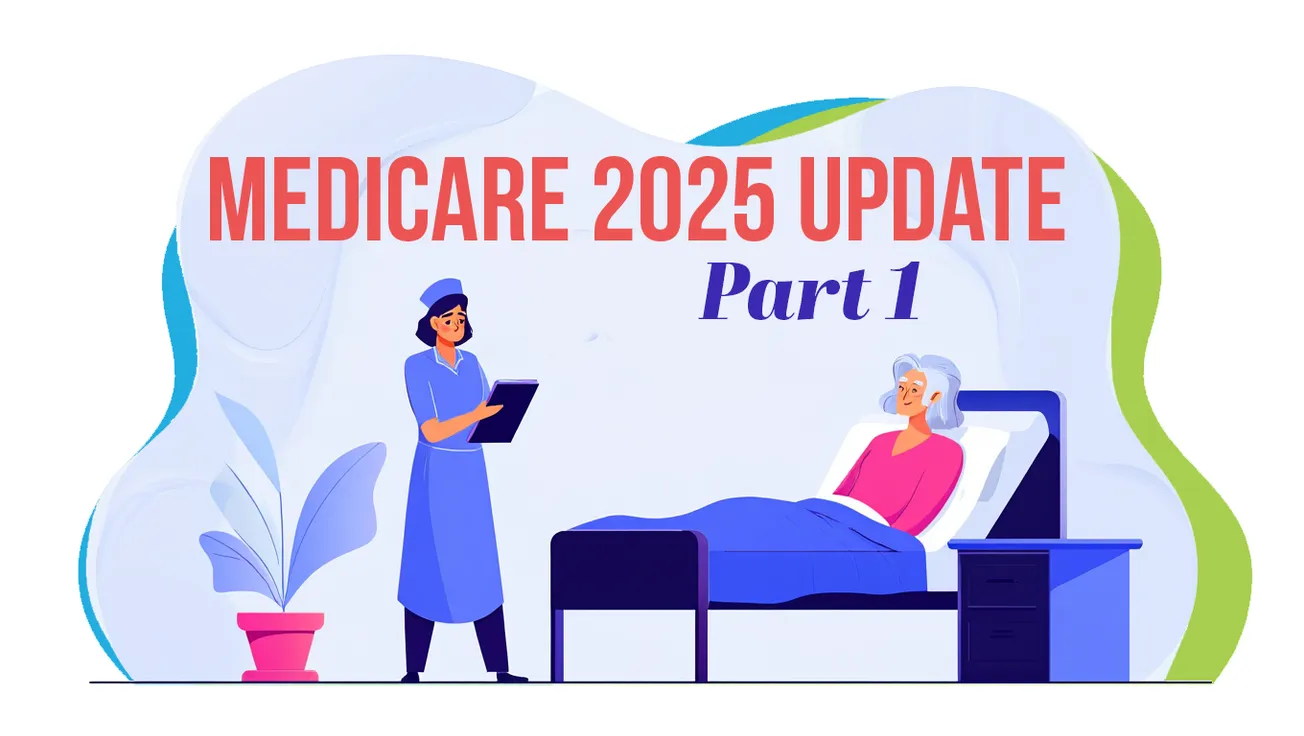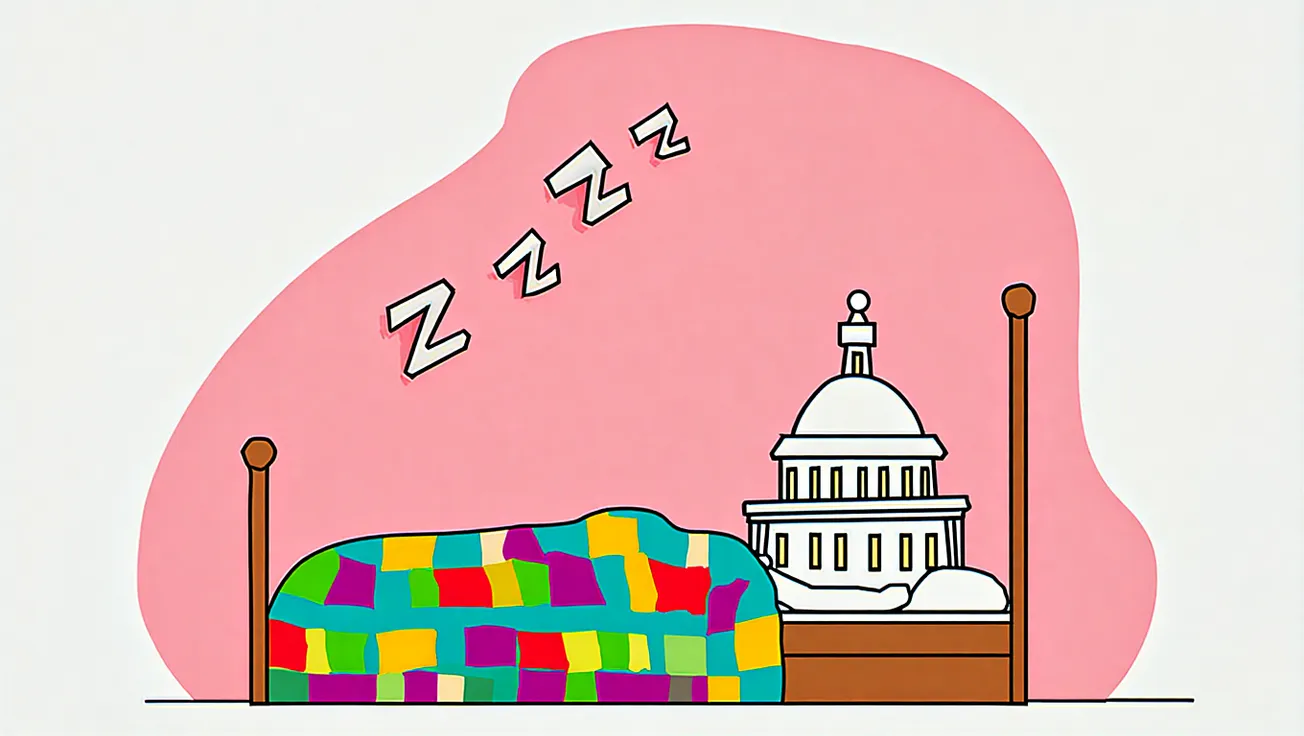The Takeaway
- Just one extra dollar of income can push you over key thresholds, triggering higher taxes or Medicare premiums.
- These cliffs often affect Social Security taxation and Medicare IRMAA surcharges.
- Strategic income planning—especially late in the year—can help avoid costly surprises.
You’d think an extra $1 of income wouldn’t matter much. But for many retirees, that single dollar can set off a chain reaction that costs hundreds—or even thousands—of dollars in extra taxes and Medicare premiums.Financial planners call this the “$1 More” rule, and Kiplinger warns that it’s one of the easiest traps for seniors to fall into—especially during year-end financial moves.
Social Security Benefit Taxation
If your combined income (MAGI + nontaxable interest + half your Social Security benefits) tops $25,000 for singles or $32,000 for couples, up to 50% of your Social Security benefits become taxable.Cross the next threshold—$34,000 (single) or $44,000 (joint)—and up to 85% of benefits are taxed.
One dollar over the line? You could go from paying tax on half your benefits to paying tax on most of them. Source: Kiplinger









